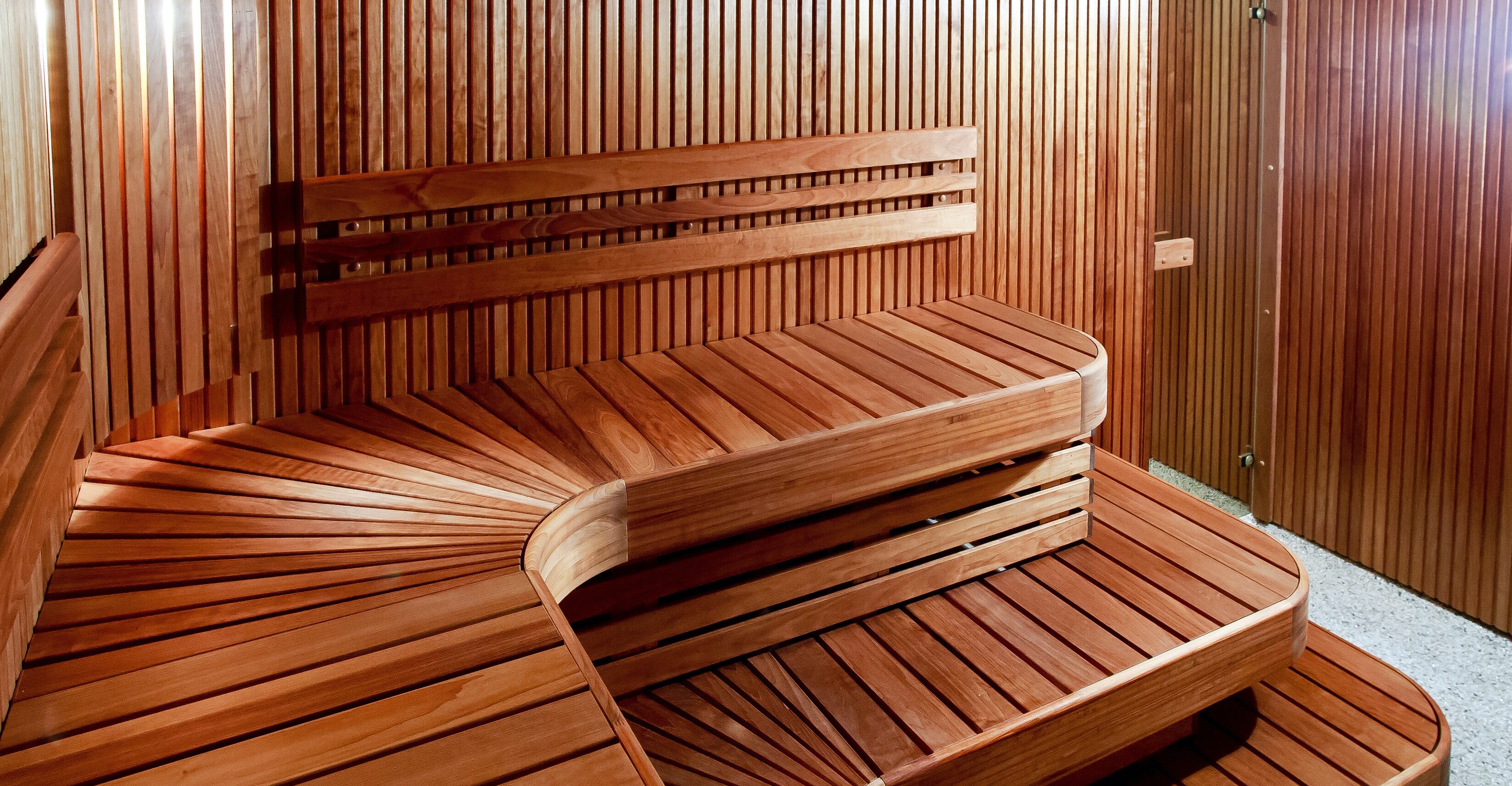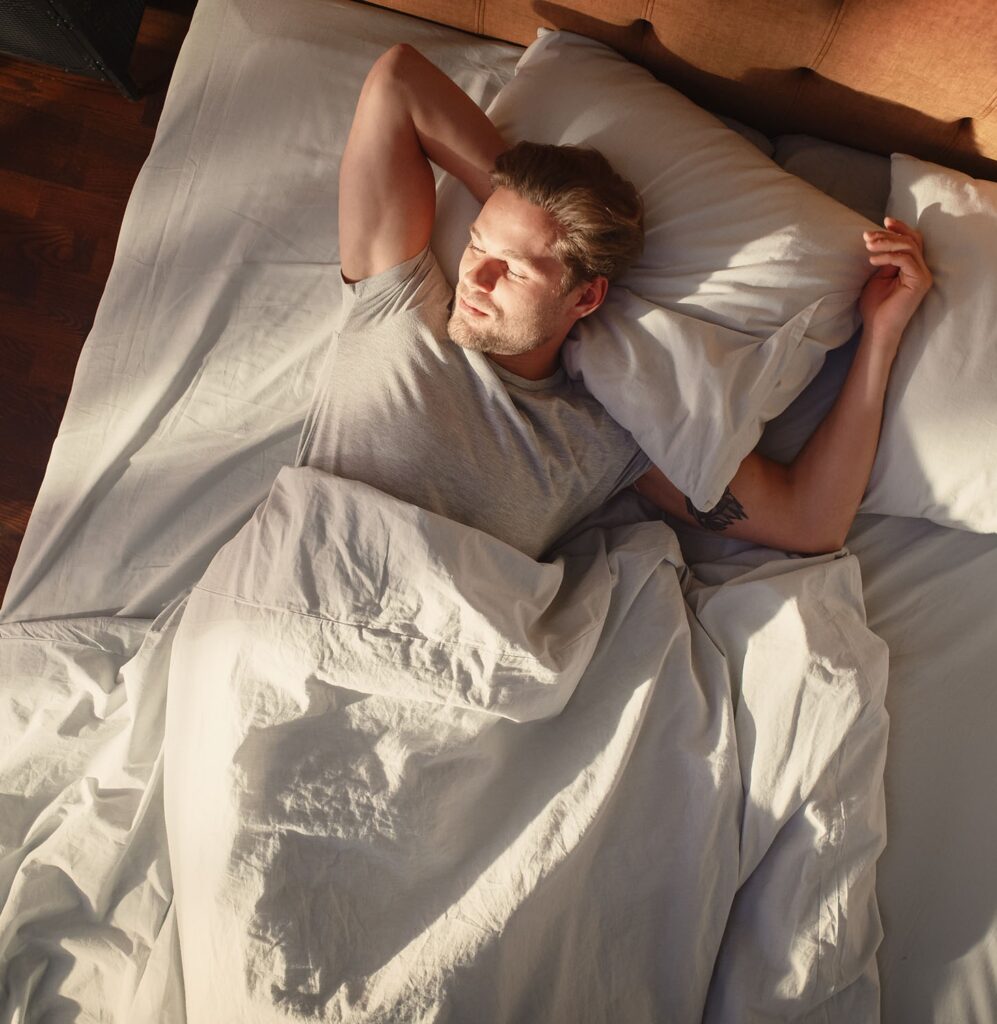Benefits of Sauna Therapy Aetas Protocols
Sauna is an ancient practice with profound implications for slowing down aging. Sauna exposes the body to extreme heat, creating a form of stress. The effects of heat stress have been demonstrated in large observational studies on humans, and strong correlations have been identified between sauna and a reduced risk of age-related conditions such as cardiovascular diseases.
The most extensively researched type of sauna is the traditional Finnish sauna, which usually involves brief sessions lasting 5-20 minutes at temperatures of 80-100°C with low humidity (around 10-20%). During these sessions, water is occasionally thrown onto heated rocks to increase humidity.
Over the past ten years, infrared sauna cabins have become more popular. These saunas use infrared emitters at varying wavelengths, and they are operated at lower temperatures (45-60°C) than traditional Finnish saunas, with comparable exposure times.
The Science of Sauna Therapy
So what’s exactly happening to your body when you’re sitting sweating away in a sauna, occasionally wondering when it’s time to get out?! Well, firstly and inevitably, your skin heats up, followed by an increase in your core body temperature. This results in a rise in heart rate and cardiac output, with blood circulation shifting from your core to your skin to help produce sweat1Hussain, J. and Cohen, M. (2018) Clinical effects of regular dry sauna bathing: A systematic review, Evidence-based complementary and alternative medicine: eCAM. U.S. National Library of Medicine..
Although sweating isn’t fun for everyone, it does help to cool down the body and also potentially promotes the removal of heavy metals from your blood & body. It is important to note that the claim that saunas can detoxify the body from heavy metals such as mercury, lead, and cadmium is debated within scientific fields. While some studies have suggested that saunas may have a role in removing these toxins from the body, other studies have failed to find any significant effect of sauna use on heavy metal detoxification2Kuan, W., Chen, Y., & Liu, C. (2022). Excretion of Ni, Pb, Cu, As, and Hg in Sweat under Two Sweating Conditions. International Journal of Environmental Research and Public Health, 19(7), 4323.. The effectiveness of sauna use in heavy metal detoxification may depend on various factors, such as the duration and frequency of sauna use, the type of sauna, and individual differences in metabolism and toxin accumulation.
What is clear is that with repeated sauna use, the body starts to get used to the heat and optimises its response for future exposures. This is due to a biological effect called hormesis ¹, which triggers protective processes in your body to repair cell damage and protect against upcoming stressors to your body. Interestingly, many of the physiological responses to sauna use are similar to those that you’ll experience during light to moderate exercise, making it a potential alternative for those unable to do any physical activity due to chronic disease or physical limitations.
Haven’t heard of Hormesis or Homeothermy before? It’s referring to the ability of an animal to maintain a relatively constant body temperature, even in environments that fluctuate in temperature. So essentially, this is another example of how we aren’t too dissimilar to mammals after all!
Infrared vs. Finnish Sauna
In recent years Infrared saunas have become increasingly popular and although some benefits have been found there is much less research on the subject. In comparison to Finnish Saunas which are between 70-100°C, Infrared saunas use infrared heaters to emit infrared light that is absorbed by the body at a temperature of 45-65°C.
Generally speaking Finnish saunas have much higher rates of benefits although there are some benefits that stand out within the use of infrared. For example there is research to suggest that infrared therapy may have benefits for tissue and joint recovery. A study published in the Journal of Athletic Training found that infrared therapy improved muscle recovery following exercise-induced muscle damage3Leal Junior, E. C., Lopes-Martins, R. A., Baroni, B. M., De Marchi, T., Taufer, D., Manfro, D. S., … & Grosselli, D. (2009). Comparison between cold water immersion therapy (CWIT) and light emitting diode therapy (LEDT) in short-term skeletal muscle recovery after high-level exercise in athletes—preliminary results. Journal of athletic training, 44(2), 180-184..
Additionally, Dr. Rhonda Patrick has discussed the potential benefits of infrared sauna use on mitochondrial function¹˒², which is essentially the structure that produces energy to power our cells. Dr. Patrick has found that infrared saunas may stimulate the production of heat shock proteins (HSPs), which can improve mitochondrial function by repairing or removing damaged proteins in the mitochondria4Patrick, R.P. and Johnson, T.L. (2021) “Sauna use as a lifestyle practice to extend healthspan,” Experimental Gerontology, 154, p. 111509.. She has also found through her research that regular use of infrared saunas can increase levels of a molecule called nitric oxide (NO), which can improve blood flow and oxygen delivery to the mitochondria which essentially enhances the energy powering our cells.

Can and should you include cold therapy when using a sauna?
There is also research on the use of cold therapy in conjunction with sauna use with some studies showing that alternating between hot and cold therapies can have beneficial effects on cardiovascular health, pain management, and recovery from exercise5,Pournot, H., Bieuzen, F., Louis, J., Mounier, R., Fillard, J. R., Barbiche, E., … & Hausswirth, C. (2011). Time-course of changes in inflammatory response after whole-body cryotherapy multi exposures following severe exercise. PloS one, 6(7), e22748.6Cochrane, D. J. (2004). Alternating hot and cold water immersion for athlete recovery: a review. Physical Therapy in Sport, 5(1), 26–32..
Dr. Susanna Søberg has also found through her research that there are signs of increased levels of weight loss associated with cold therapy due to a heightened metabolism and activating your brown fat stores7Søberg, S., Löfgren, J., Philipsen, F. E., Jensen, M., Hansen, A. E., Ahrens, E., Nystrup, K. B., Nielsen, R. D., Sølling, C., Wedell-Neergaard, A. S., Berntsen, M., Loft, A., Kjær, A., Gerhart-Hines, Z., Johannesen, H. H., Pedersen, B. K., Karstoft, K., & Scheele, C. (2021). Altered brown fat thermoregulation and enhanced cold-induced thermogenesis in young, healthy, winter-swimming men. Cell reports. Medicine, 2(10), 100408.. Actually you don’t have to dunk yourself in an ice bath to activate this biological effect. In the brain there is a temperature regulatory centre which activates as soon as there is a change of temperature which could be as simple as taking your dressing gown off. When there is this change in temperature, this temperature regulation centre in your brain sends out adrenaline and activates cortisol and other stress hormones which in turn activates your nervous system but also your brown fat stores.
And what is the main purpose of brown fat within your body? It is there to create heat within your body and save us when we get cold. When you do take the plunge and get into an ice bath, within the first minute, your brown fat stores are put to work instantly to try to maintain your body temperature and it also activates multiple chain reactions including an increased cardiovascular output.
However, it is important to note that the use of cold therapy in conjunction with saunas may not be suitable for everyone. People with certain medical conditions, such as heart disease or Raynaud’s disease ⁷, may need to avoid extreme temperature changes. It is always recommended to consult with a healthcare professional before starting a new therapy or exercise routine. For example, dependent on the person you can vary from 19-28 minutes within the sauna plus the potential inclusion of cold therapy. Aetas includes a full sauna protocol personalised to you within their Health Intelligence package and can therefore advise you on if, when and how to implement these new therapies into your day to day lifestyle with the aim of enhancing and extending your life long term.
Top Health Benefits of Sauna Therapy
So in essence, when we are putting our body through the stress of extra heat, we are activating a range of protective mechanisms that not only increases blood flow but triggers a bunch of processes in our body that enable us to reduce inflammation, activate antioxidant enzymes, improve athletic performance and promote recovery, boost the immune system, and protect against age-related diseases8,Laukkanen, T., Khan, H., Zaccardi, F., & Laukkanen, J. A. (2015). Association between sauna bathing and fatal cardiovascular and all-cause mortality events. JAMA internal medicine, 175(4), 542–548.9,Zaccardi, F., Laukkanen, T., Willeit, P., Kunutsor, S. K., Kauhanen, J., & Laukkanen, J. A. (2017). Sauna Bathing and incident Hypertension: A Prospective Cohort study. American Journal of Hypertension, 30(11), 1120–1125.10Hunt, A. P., Minett, G. M., Gibson, O., Kerr, G., & Stewart, I. (2020). Could heat therapy be an effective treatment for Alzheimer’s and Parkinson’s diseases? A narrative review. Frontiers in Physiology, 10..
Prevent and reduce depression symptoms
Increase blood flow to the brain
Increase production of noradrenaline (improving focus and attention)
Reduce inflammation
Lower blood pressure
Improve left ventricular function in the heart
Activate heat shock protein

“People who use sauna 4-7 times a week are 63% less likely to experience sudden cardiac death.”
Rondha Patrick
PhD, Biomedical Science

KEY TAKEAWAY
Although the data is largely epidemiological and not completely conclusive, it suggests that regularly exposing oneself to high temperatures above 80 degrees Celsius for 2-3 times a week and 20 minutes per session can lead to significant health benefits, particularly in reducing the risk of cardiovascular and neurodegenerative diseases.
LITERATURE REFERENCES
Make your move
Optimise your health so that you live a longer and healthier life
Aetas is a clinic for precision medicine and molecular laboratory. We specialise in Longevity, evidence-based health optimization and preventive treatments.
Enquire Now







